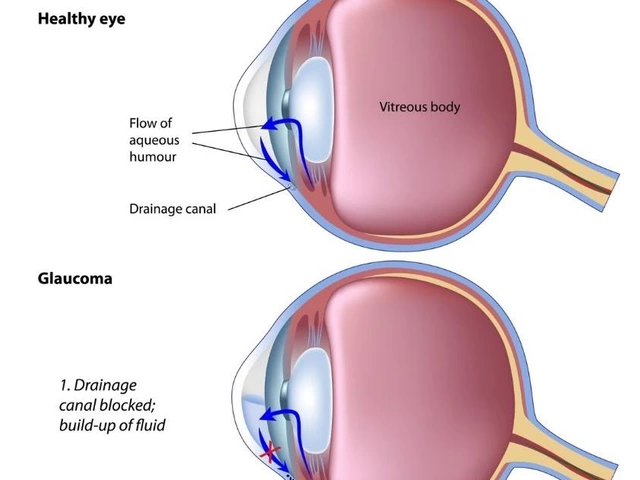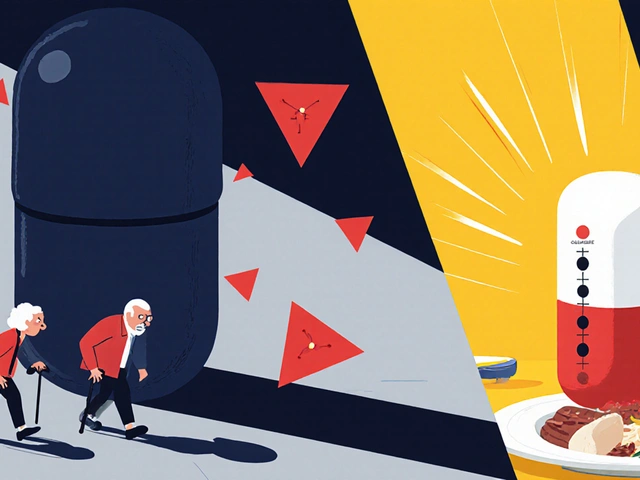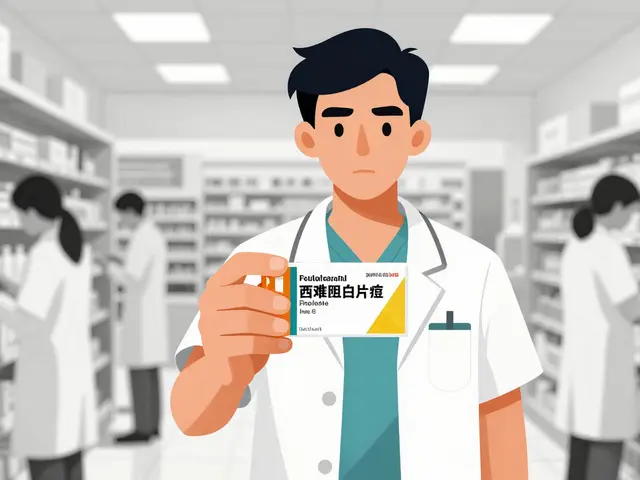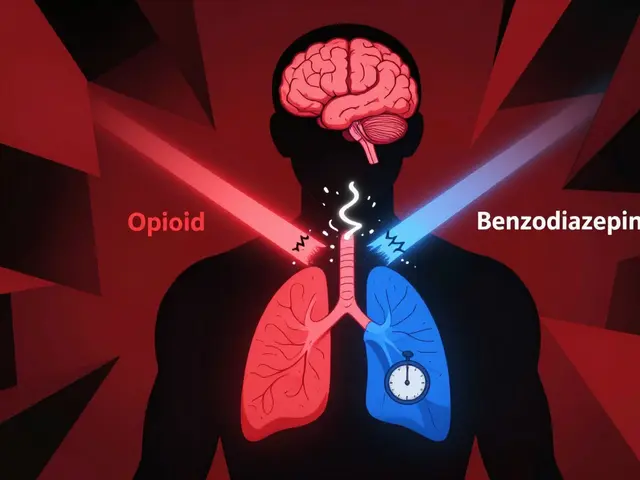
Introduction to Acute Cholecystitis and Its Treatment
Acute cholecystitis is a medical condition characterized by inflammation of the gallbladder, most commonly triggered by the presence of gallstones. These gallstones obstruct the cystic duct, leading to a buildup of bile and subsequent inflammation and infection of the biliary tract. Patients with acute cholecystitis often present with severe abdominal pain, fever, nausea, and sometimes jaundice. If untreated, this condition can result in severe complications, including gallbladder rupture and peritonitis.
Given the potential severity of acute cholecystitis, prompt medical intervention is crucial. The initial management of this condition typically involves the use of antibiotics. These medications target the bacterial infection that usually accompanies the inflammation, aiming to either kill the bacteria or inhibit their growth.
Common Antibiotics Used for Acute Cholecystitis
Antibiotic therapy for acute cholecystitis is typically administered intravenously (IV) in a hospital setting. The choice of antibiotic depends on various factors, including the suspected bacterial pathogens, patient allergies, and local antibiotic resistance patterns. The most commonly used antibiotics include penicillins, cephalosporins, and quinolones.
Penicillins
Penicillins, such as ampicillin, amoxicillin, and piperacillin, are frequently employed in the treatment of acute cholecystitis. These antibiotics attack the bacterial cell wall, causing the bacteria to burst and die. Often, penicillins are used alongside beta-lactamase inhibitors like sulbactam or clavulanic acid. These inhibitors prevent bacterial enzymes from breaking down the antibiotic, thereby enhancing its effectiveness.
Cephalosporins
Cephalosporins, including cefazolin and ceftriaxone, are another class of antibiotics often prescribed for acute cholecystitis. These drugs are particularly effective against common gastrointestinal bacteria like E. coli and Klebsiella species. By disrupting the synthesis of the bacterial cell wall, cephalosporins make the bacteria structurally weak and prone to rupture.
Quinolones
Quinolones, such as ciprofloxacin and levofloxacin, are also used in the management of this gallbladder inflammation. These antibiotics work by inhibiting bacterial DNA replication, preventing the bacteria from multiplying and spreading the infection. Quinolones are often reserved for cases where other antibiotics are ineffective or contraindicated.
Subsequent Treatment: Surgical Intervention
While antibiotics are essential for initial management, they do not address the root cause of acute cholecystitis—the gallstones. As a result, after stabilizing the patient with antibiotics, doctors often recommend a cholecystectomy, a surgical procedure to remove the gallbladder. This helps to prevent future episodes of inflammation and infection.
There are two main types of cholecystectomy:
- Open Surgery: This traditional approach involves a single large incision in the abdomen to access the gallbladder. It is typically reserved for complicated cases or when the laparoscopic approach is not feasible.
- Laparoscopic Surgery: This minimally invasive technique uses several small incisions and specialized instruments to remove the gallbladder. It offers a faster recovery time and less post-operative pain compared to open surgery.
The timing of the surgical intervention can vary. Some patients may require an immediate cholecystectomy, while others might wait until the inflammation has subsided. This decision is influenced by the patient's overall health, the severity of the cholecystitis, and the presence of complications.
Alternative Procedures for High-risk Patients
Not all patients are candidates for surgery due to various reasons, such as advanced age, severe comorbidities, or unstable medical conditions. For these individuals, an alternative procedure known as percutaneous cholecystostomy can be performed. This technique involves inserting a catheter through the skin into the gallbladder to drain the accumulated bile and relieve pressure.
Role of Antibiotics in Initial Treatment
The U.K. National Health Service (NHS) guidelines emphasize the importance of antibiotics as part of the initial treatment plan for acute cholecystitis. Early administration of appropriate antibiotics can significantly reduce the risk of complications, allowing patients to stabilize and prepare for subsequent surgical intervention.
Moreover, the choice of antibiotic and the duration of the therapy are critical considerations. The emergence of antibiotic-resistant bacteria necessitates careful selection and often, combination therapy to ensure effectiveness. Healthcare providers must also monitor patients closely for any adverse reactions to the medications and adjust treatment plans as needed.
Conclusion: A Comprehensive Approach to Management
In summary, the management of acute cholecystitis involves a multifaceted approach. Antibiotics play a crucial role in the early stages by combating the bacterial infection. However, definitive treatment usually requires surgical removal of the gallbladder to prevent recurrence. For high-risk patients who cannot undergo surgery, percutaneous cholecystostomy offers a viable alternative to manage the condition. The collaborative effort between infectious disease specialists, surgeons, and primary care providers is essential for optimizing patient outcomes in acute cholecystitis.









11 Comments
One must ponder why the discourse on gallbladder infections behaves as though the ancient sages of medicine never penned a single prescription ;) The antibiotic ladder presented feels more like a shopping list at a pharmacy bazaar rather than a curated protocol. Penicillins, cephalosporins, quinolones-sure they work but the narrative glosses over the art of de‑escalation and culture‑guided therapy. In truth the real mastery lies in tailoring coverage to local resistance patterns while sparing the microbiome. A true clinician would weigh the risk of C. difficile far more than a generic list allows.
Honestly this post reads like a textbook copy‑paste with zero real bedside insight.
Acute cholecystitis is a condition that demands swift and decisive antimicrobial coverage. The bacteria involved are often polymicrobial and originate from the gut flora. Empirical therapy must therefore cast a wide net initially. Penicillins with beta‑lactamase inhibitors are a common first line choice. Cephalosporins such as ceftriaxone provide excellent gram‑negative activity. Quinolones are reserved for patients with penicillin allergies or resistant organisms. The timing of administration is crucial before surgical intervention. Prolonged intravenous therapy beyond 48 hours is rarely needed if source control is achieved. Resistance patterns differ markedly between institutions and regions. Local antibiograms should guide the selection of agents. Overuse of broad spectrum antibiotics fuels the rise of multidrug resistant organisms. De‑escalation based on culture results minimizes collateral damage to the microbiome. The role of anaerobic coverage is debated but may be considered in severe cases. Surgical timing can be delayed in high risk patients to allow inflammation to subside. Percutaneous cholecystostomy serves as a bridge to definitive surgery for the critically ill. Early recognition and treatment improve outcomes and reduce mortality.
Great points on the microbiology, and to add a bit more context the decision on early versus delayed cholecystectomy often hinges on the patient’s physiological reserve. In practice, many surgeons aim for laparoscopic removal within 72 hours if the patient is stable. For those who can’t tolerate surgery right away, percutaneous drainage buys time and reduces the inflammatory burden.
Once the infection is under control the odds of a smooth laparoscopic procedure go up dramatically.
They should 2nd line therapy be mentioned too.
From an ethical standpoint the cavalier presentation of antibiotic regimens borders on medical negligence. One cannot simply enumerate drug classes without invoking the stewardship imperative. The discourse must embed the moral obligation to curtail antimicrobial excess and preserve efficacy for future generations. Moreover, the casual omission of patient‑centered decision‑making reflects a systemic disregard for individualized care pathways.
Wow look at this drama 🤦♂️🇺🇸 Everyone pretends they know the “best” antibiotics but forget about the good ol’ US of A standards! The article tries to sound fancy but it’s just a copy‑paste from some foreign guideline 🚀🔥
Hey folks! Let’s keep the vibe positive - great job covering both meds and surgery. If anyone’s curious about how diet can support recovery after a cholecystectomy, I’m happy to share some tasty tips.
Stay healthy and keep learning!
Thanks for the upbeat note 😊 I totally agree that nutrition plays a big role after surgery. Patients often feel better when they stick to a bland, low‑fat diet for a few weeks. If you need recipes just let me know!
Ah, the noble art of prescribing drugs for a gallbladder that’s about to be removed. Isn't it just charming how we toss a cocktail of broad‑spectrum antibiotics at a patient, wait for the culture results that may never even arrive, and then proceed to chop out the organ as if the infection never mattered? The whole protocol reeks of a paternalistic mindset that assumes patients are mere vessels for our therapeutic whims. One would think in the era of precision medicine we'd at least tailor therapy, yet we persist with blanket regimens. And let us not forget the glorious side‑effects: C. difficile, renal impairment, allergic reactions – all fabulous contributors to hospital length of stay. Truly, it’s a masterpiece of medical complacency wrapped in a veneer of “standard of care.”
Spot on, dude! I totally vibe with the need for culture‑guided de‑escalation. In practice we usually start broad then narrow down – saves the microbiome and cuts costs. Also, dont forget to check renal dosing for aminoglycosides if you use them. Happy to collab on a protocol if anyone's interested.